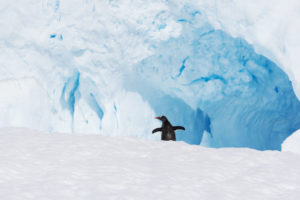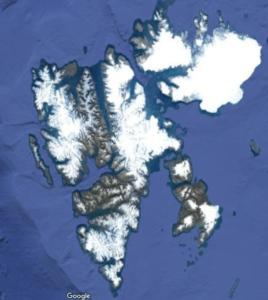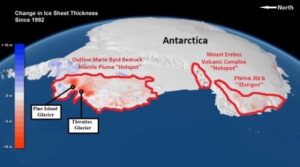by S. Burnett, Mar 5, 2024 in ClimateChangeDispatch
A CNN story implies that supposed human-caused climate change is causing the Thwaites Glacier to melt, causing sea level rise. This is false.
Data show that Antarctica has not been warming. Also, the study CNN cited itself shows the glacier has declined dramatically and recovered repeatedly in the past, all without human contribution, suggesting the present decline is part of a natural cycle. [emphasis, links added]
At approximately the size of Florida, the Thwaites Glacier is the broadest glacier on Earth. The Thwaites Glacier is often referred to as the “Doomsday Glacier,” based on the belief that a complete collapse would cause as much as two feet of sea level rise over time.
The CNN story, “The ‘Doomsday Glacier’ is rapidly melting. Scientists now have evidence for when it started and why,” discusses a new study published in the journal Proceedings of the National Academy of Sciences, which determined when the present decline began.
“By analyzing marine sediment cores extracted from beneath the ocean floor, researchers found the glacier began to significantly retreat in the 1940s, likely kicked off by a very strong El Niño event — a natural climate fluctuation which tends to have a warming impact,” reports CNN.
“Since then, the glacier has been unable to recover, which may reflect the increasing impact of human-caused global warming, according to the report.”
Although the commencement of … Thwaites’ decline may now have been determined, any prognostications about future trends for the glacier are pure speculation, unsupported by historical evidence or data about present Antarctic trend.
The underlying reports determined that the Thwaites glacier’s decline commenced in the 1940s probably prompted by a powerful El Nino event that warmed the abutting waters.
….







